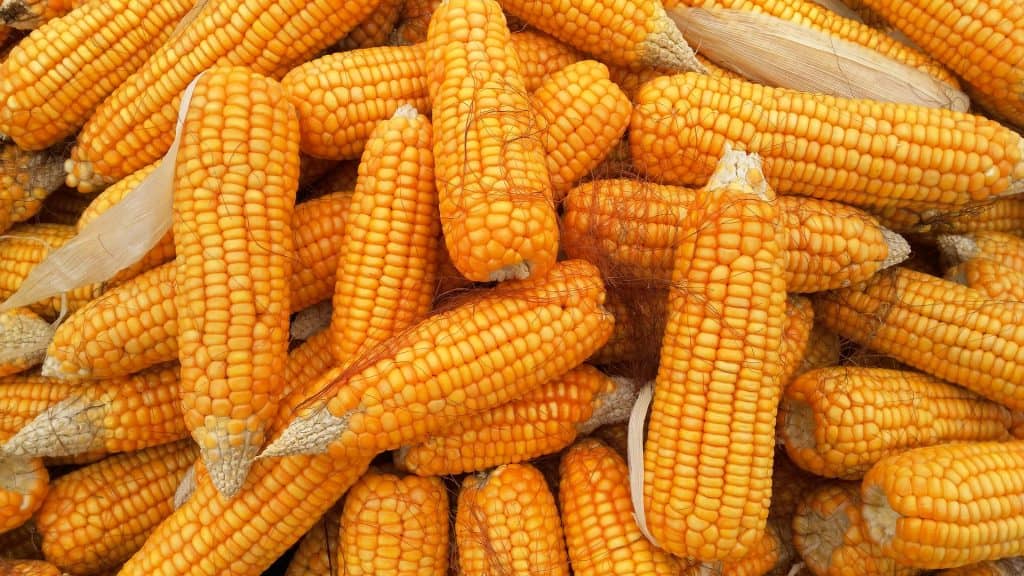Porto Alegre, June 28, 2021 – Even with the downtrend in June, corn prices on the Chicago Board of Trade (CBOT) remain above USD 5.00/bushel until July 2022. As we have pointed out, corn prices above USD 6.00/bushel must be considered exceptional, given the possibility of a normal US crop and seasonal pressure from a normal harvest from September onwards. Therefore, the correction has already been exercised by CBOT traders in view of this version that price levels were too high for a full crop. The question now is whether the climate conditions will still be favorable until August to define this crop as normal. Before that, there is the definition of the effective planted area in the United States, on the next 30th.
Some information sources in Brazil, which report news without any analytical basis or fundamental and technical criteria, seem to be indignant at the decline in international and even domestic prices. We have evaluated in our newsletters that this year is extremely delicate in terms of price convergence towards a trend. Lower stocks in the United States, weather in a crop that needs to be record-breaking, and complete insecurity about China’s attitudes in the international environment.
For example, after a complete pork shortage, in two years China starts holding pork surpluses. Prices plummet, affect the entire international market, not only of pork but also of other meat products such as beef. The Chinese government tried to control corn and soybean prices by imposing new rules on the Dalian exchange rate and restricting the flow of imports of both commodities to contain prices on the CBOT. Whenever Chinese imports fall, even if slightly, prices and premiums are impacted in the international environment.
Then, the US government directly affected its farmers when it decided to launch a proposal to change the rate of use of soyoil in the composition of biodiesel. This brought down the prices of soyoil and directly affected soybean prices. The crush at the end of the business year may be reduced, indicating a decline in domestic demand in this bioenergy segment. For corn, a court decision saying that micro mills have the same rights and benefits as the large brought a bad symptom for the ethanol industry, as that could indicate a loss of competitiveness among US mills. This also affected corn prices, despite the sharp rise in crude oil prices this June to USD 74 a barrel.
Overall, therefore, potential decisions on biofuels and the weakening demand for corn and soybeans from China pressure the CBOT. However, there is the big fundamental factor: the weather. June was a month of major changes in short-term climate projections. It started with good rainfall, then a deep reduction in rainfall and above-average heat, then heavy rainfall and even frost on the Canadian border. This demonstrates that not only markets are naturally nervous but, in a year when the US crop needs to be perfect, oscillations in weather forecasts accentuate this price tension. Last week had good rainfall across the Midwest, and the forecast remains good for this week. Only the Plains region remains with below-normal precipitation, but Iowa and Illinois, which lacked moisture, received a high volume of rain last week.
This is the key point for the price slowdown on the CBOT: the climate. The other factors could have been neutralized if the climate had worsened this month. However, the US crop is not defined. July begins the period of corn pollination and silking. If the weather is favorable in July, potential productivity will remain high. If there is any regional cut in rainfall, the profile of productivity must be reassessed and weigh on prices again. It is important to reflect that prices above USD 5.00 per bushel through July/22 must be considered high for a market that has normal averages of USD 3.50/4.00 a bushel during the US harvest. China, demand for ethanol with the high in oil prices, US stocks, and the weather in July are issues yet to be evaluated.
This week, important data will be disclosed. The planted area will be announced on the 30th, with excellent sampling. The traders’ consensus reached 93.8 mln acres, well above the 91.1 mln acres pointed by the planting intention report. If USDA brings an area close to consensus, corn is already priced on the CBOT. A larger area could trigger new lows, and a much lower area could trigger a reversal upward. After the disclosure of the area, the market will again focus on the climate in the critical period for corn pollination.
This area, if confirmed at 93.8 mln acres, can add 6 mln tons to the US production, going from 380 to 386 mln tons. This is not absurd growth in production and will still depend on record productivity. Prices in China have not yet dropped aggressively, which may offer some signal for this importer to resume purchases in July.
Agência SAFRAS Latam
Copyright 2021 – Grupo CMA

